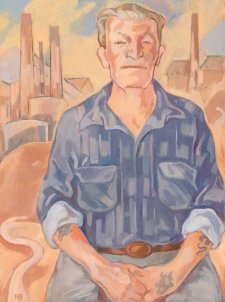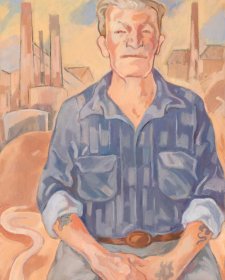In 1956 I went abroad and it was in New York that I first received, I think, a real awakening as a painter, when I came in contact with the New York School of abstract expressionism and I saw for the first time paintings of Jackson Pollock, Willem de Kooning, Rothko and many other painters who were then at the peak of their prestige locally, not quite at the peak of their prestige in an international sense. To see their work, to me, which was a form of complete abstractionism, something which I had always sensed when I was working in a figurative style, I was working towards a certain abstractionism, but I was always inhibited by the subject.
And when I saw this work, which was completely uninhibited in that respect, without realising it, mentally anyway I moved right over towards a complete abstract mode of expression. That is what excited me most, and, in the course of my travels around the world, those were the works in painting and sculpture that excited me most.
And when I returned, I then had my direction. I felt very strongly that this is what I wanted to do; I wanted to find naturally my own personal style. And since then my career as a painter has, I suppose, taken wing, and it has been a search for a personal way of expressing myself in a broad international abstract style.













